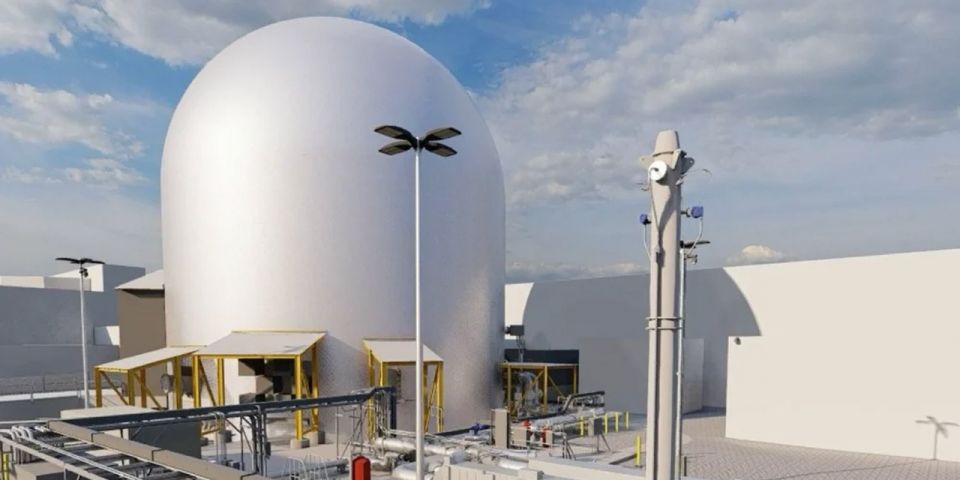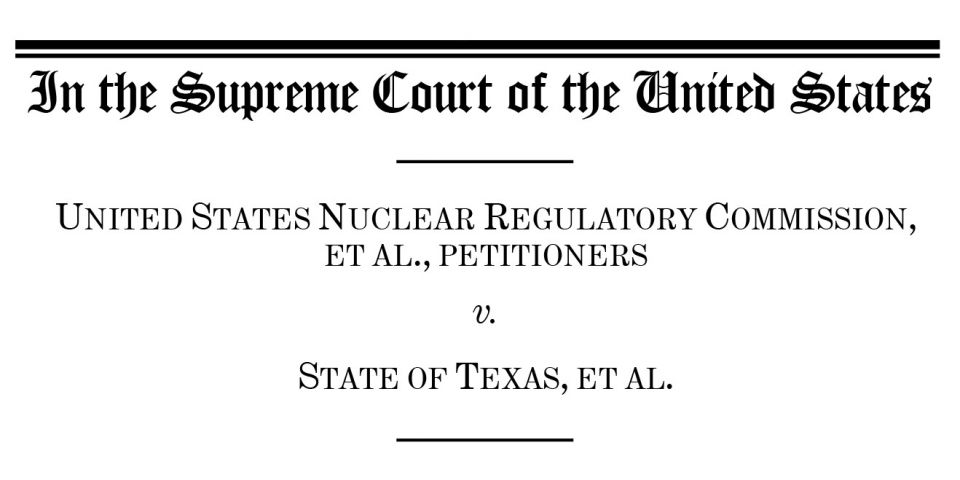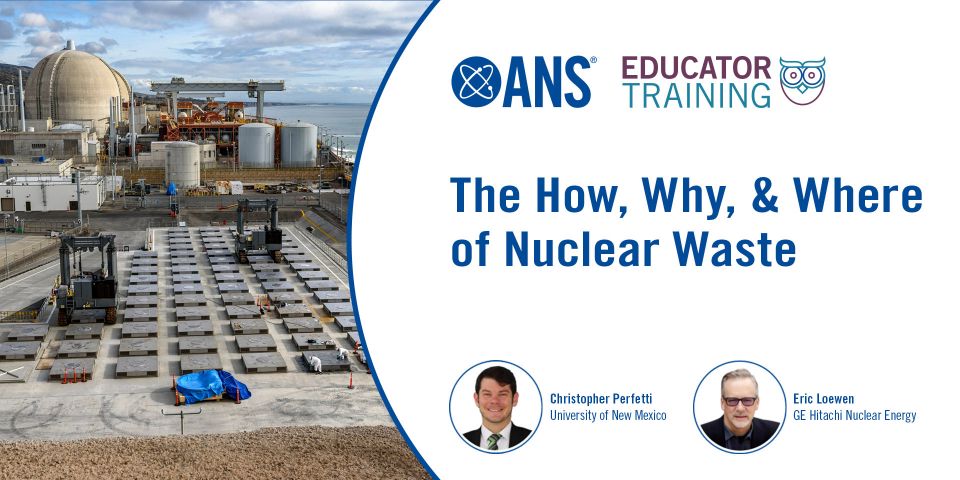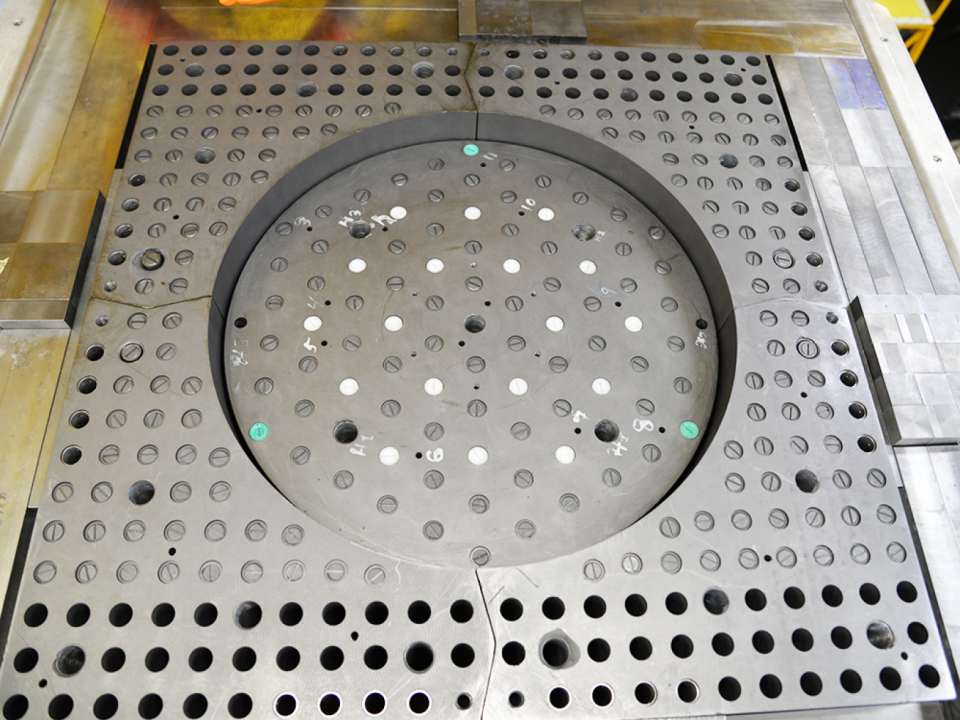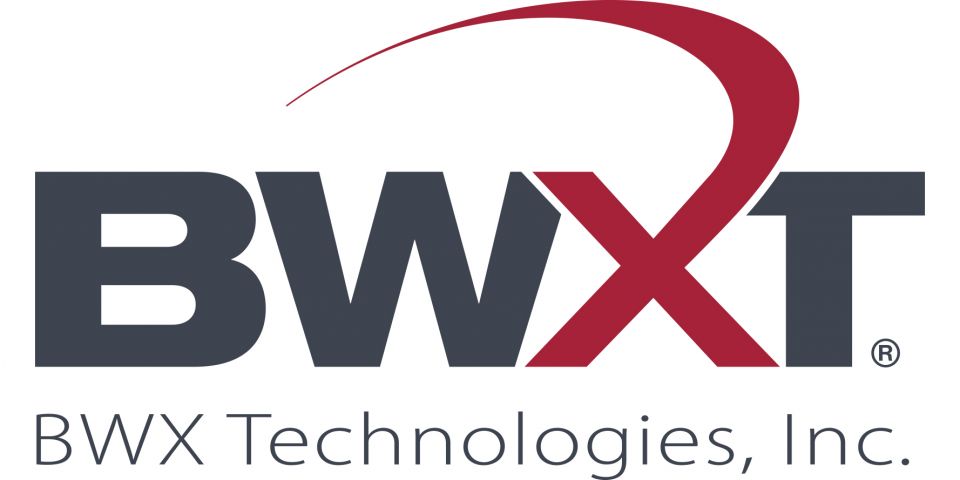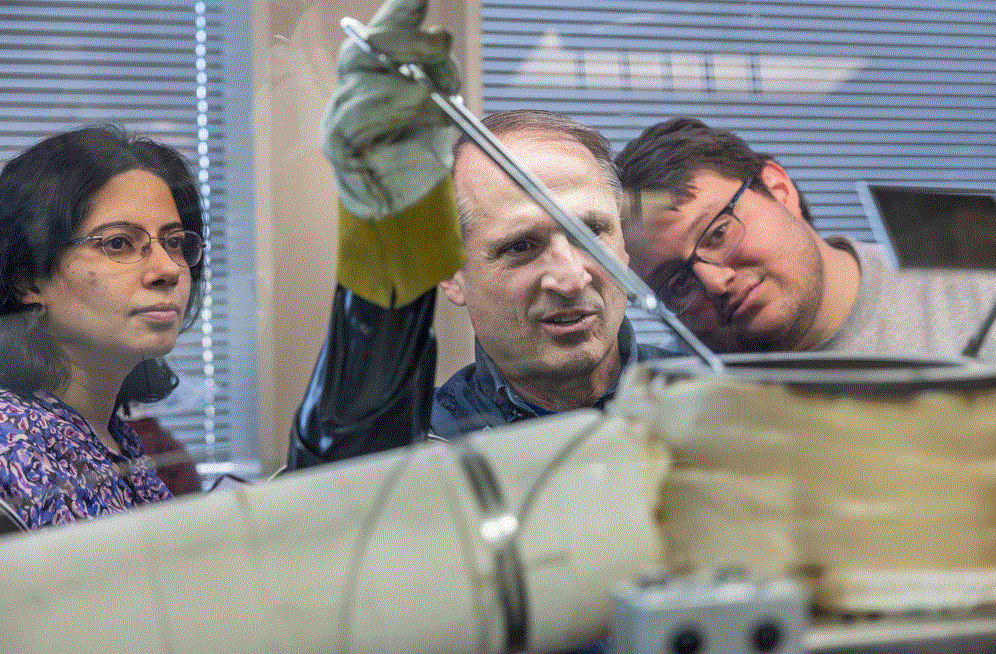Beyond EBR-II: The CNBC report points out that fast nuclear reactors are nothing new. The Experimental Breeder Reactor-II operated in Idaho from 1964 to 1994, converting the uranium-238 in spent fuel into fissionable plutonium. Then, the U.S. Congress stopped funding the reactor. But EBR-II proved that “it can be done,” Gehin says. “The trick would be going commercial scale to ensure that it is done economically.” Gehin explains that attempts at commercializing fast reactor technology in the United States suffered from cost overruns. Today, fast reactors are being used to produce electricity only in Russia, while China and India have plans to deploy the technology.
Enter the VTR: The Department of Energy’s Versatile Test Reactor is the U.S. attempt to catch up to Russia, China, and India in fast reactor technology. Announced by the DOE in 2019, the VTR finally received funding with the omnibus funding bill for fiscal year 2022. In addition, fast reactors are now being developed by some U.S. private companies, including Oklo, TerraPower, and Westinghouse. These companies are also working to address problems with reprocessing and supply chains that need to be solved before the technology can be scaled up to commercial levels.
HALEU? An alternate fueling option for fast reactor technology exists in the form of high-assay low-enriched uranium (HALEU). HALEU may, in the short term, prove easier and cheaper to produce than a fuel cycle starting with used nuclear fuel. However, whether recycled nuclear waste or HALEU is eventually used to fuel commercial fast reactors will ultimately depend on two fluctuating factors: economic attractiveness and political will.




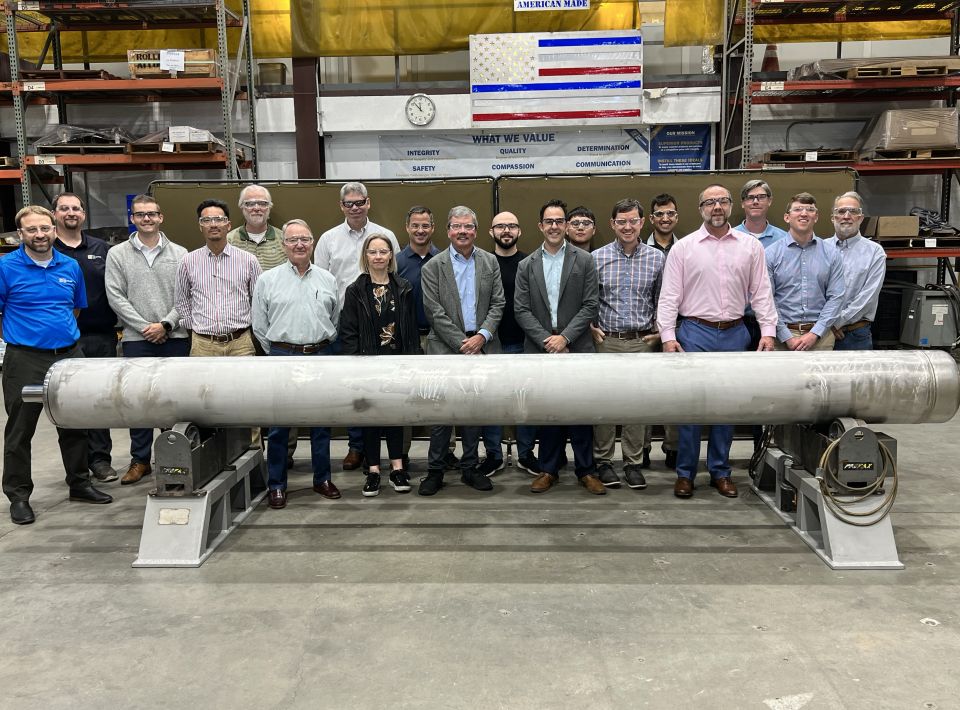 rotated.jpg)
